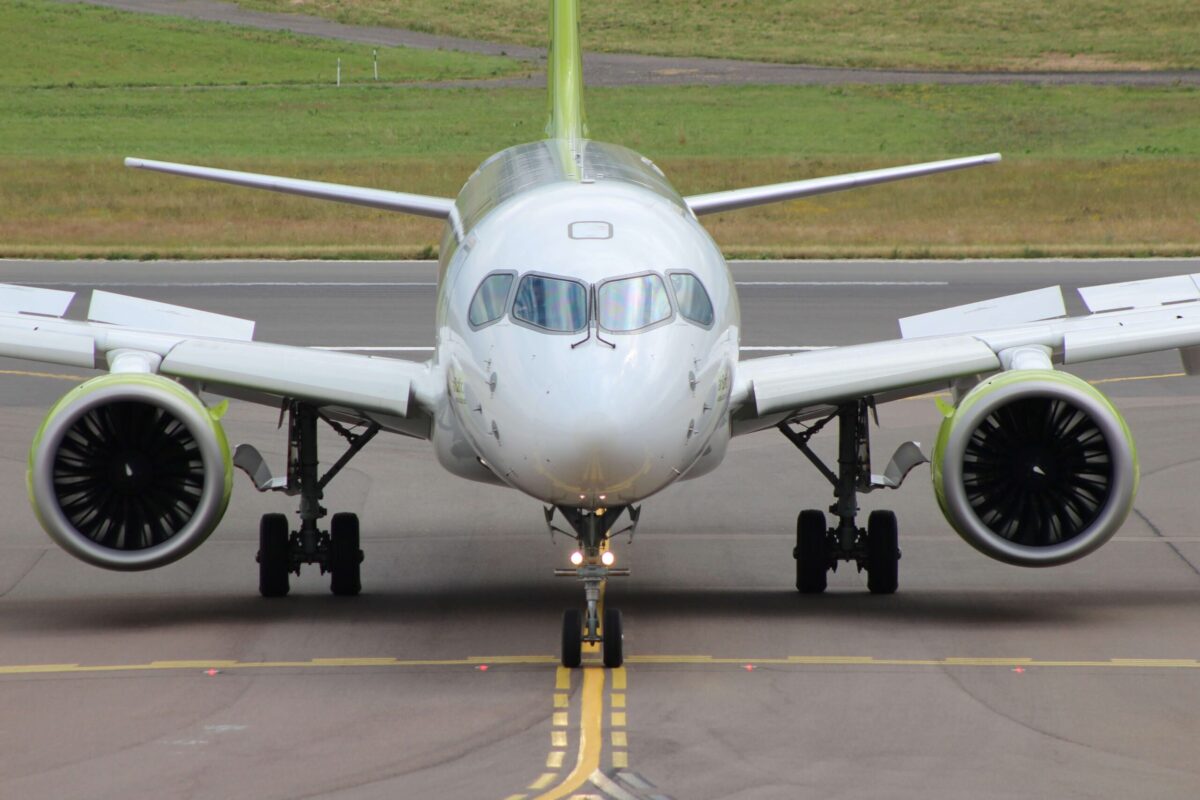airBaltic announced on September 4, 2024, a significant expansion of its network, with 16 new routes being launched from the three Baltic capitals between October 2024 and June 2025.
The new services, which will all be operated by Airbus A220-300 aircraft, are as follows:
From Riga (RIX), Latvia to:
- Rzeszow (RZE), Poland, starting on October 28, 2024
- Cluj-Napoca (CLJ), Romania, starting on May 2, 2025
- Stavanger (SVG), Norway, from June 3, 2025
- Mykonos (JMK), Greece, from June 5, 2025
From Tallinn (TLL), Estonia, to:
- Barcelona (BCN), starting February 19, 2025
- Palma de Mallorca (PMI), starting April 13, 2025
- Hamburg (HAM), starting May 2, 2025
- Keflavik International Airport (KEF), Iceland, starting May 14, 2025
- Tirana (TIA), Albania, starting June 2, 2025
From Vilnius (VNO), Lithuania, to:
- Tel Avia (TLV), from March 30, 2025
- Prague (PRG), from March 30, 2025
- Chisinau (ROM), from April 2, 2025
- Rhodes (RHO), from April 2, 2025
- Valencia (VLC), from April 16, 2025
- Tirana (TIA), from June 3, 2025
- Ibiza (IBZ), from June 3, 2025
Frequency on these routes will be twice weekly, except for Vilnius–Chisinau, Tallinn–Keflavik and Riga–Mykonos, which will operate once a week.
airBaltic has also timed its new services from its Riga hub to make sure they can be fed with traffic incoming from the other two Baltic capitals as well as Finland and the rest of Scandinavia.
In parallel to its network and fleet expansion, airBaltic is also taking steps towards its expected IPO. Following the presentation of positive financial and operational results for the first half of 2024 (with revenue and EBITDA reaching €339 and €77 million, respectively), the Latvian government gave the green-lighted the simplification of the airline’s share structure, folding the existing four different types of shares into one common type of share.
This move is expected to make it more attractive for institutional and retail investors to participate in the IPO. The Latvian state, which currently controls around 97% of the airline, is expected to retain 25% of the company after it goes public.

